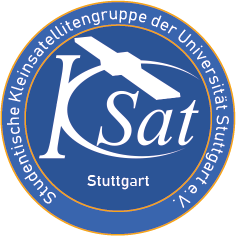FINIX
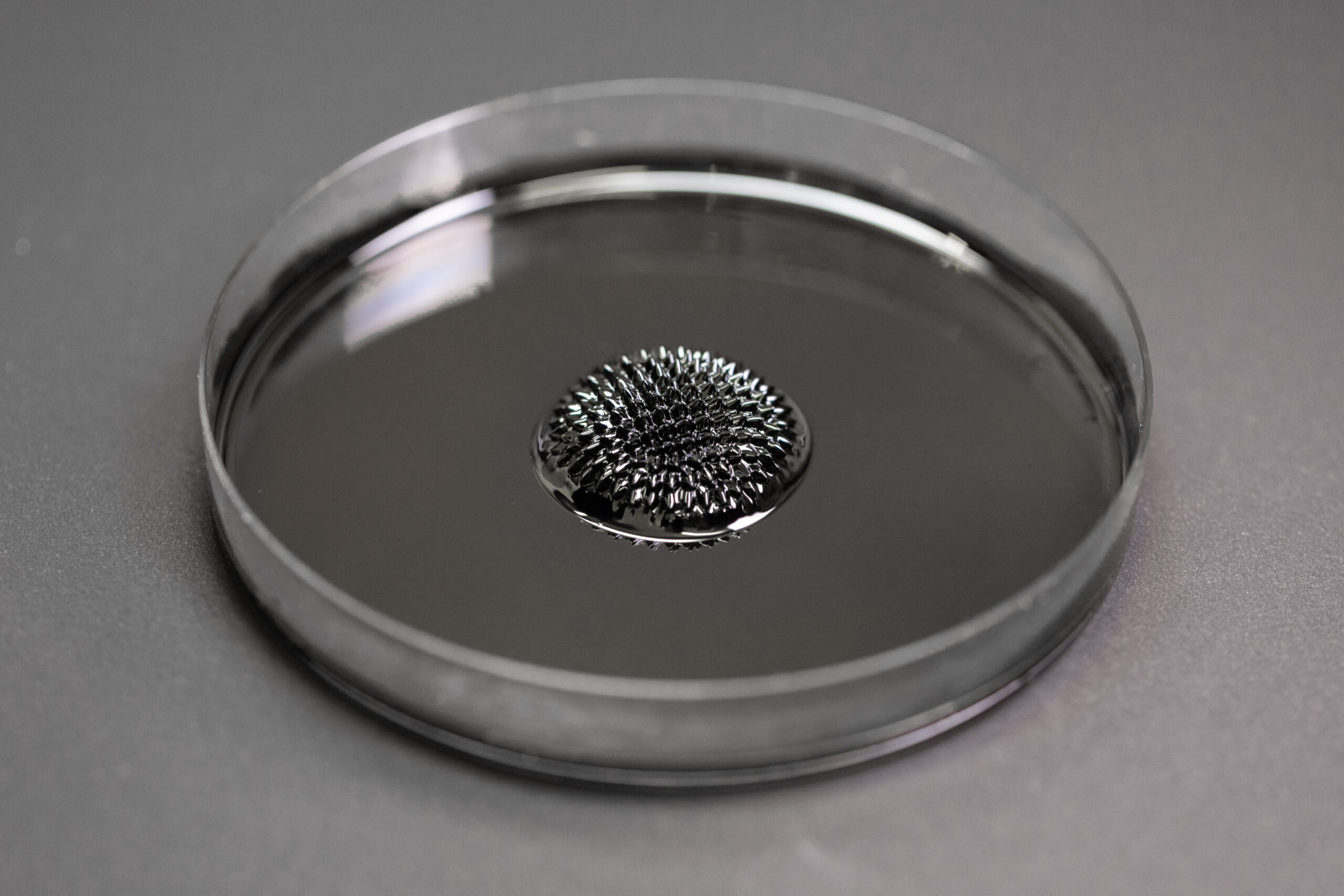
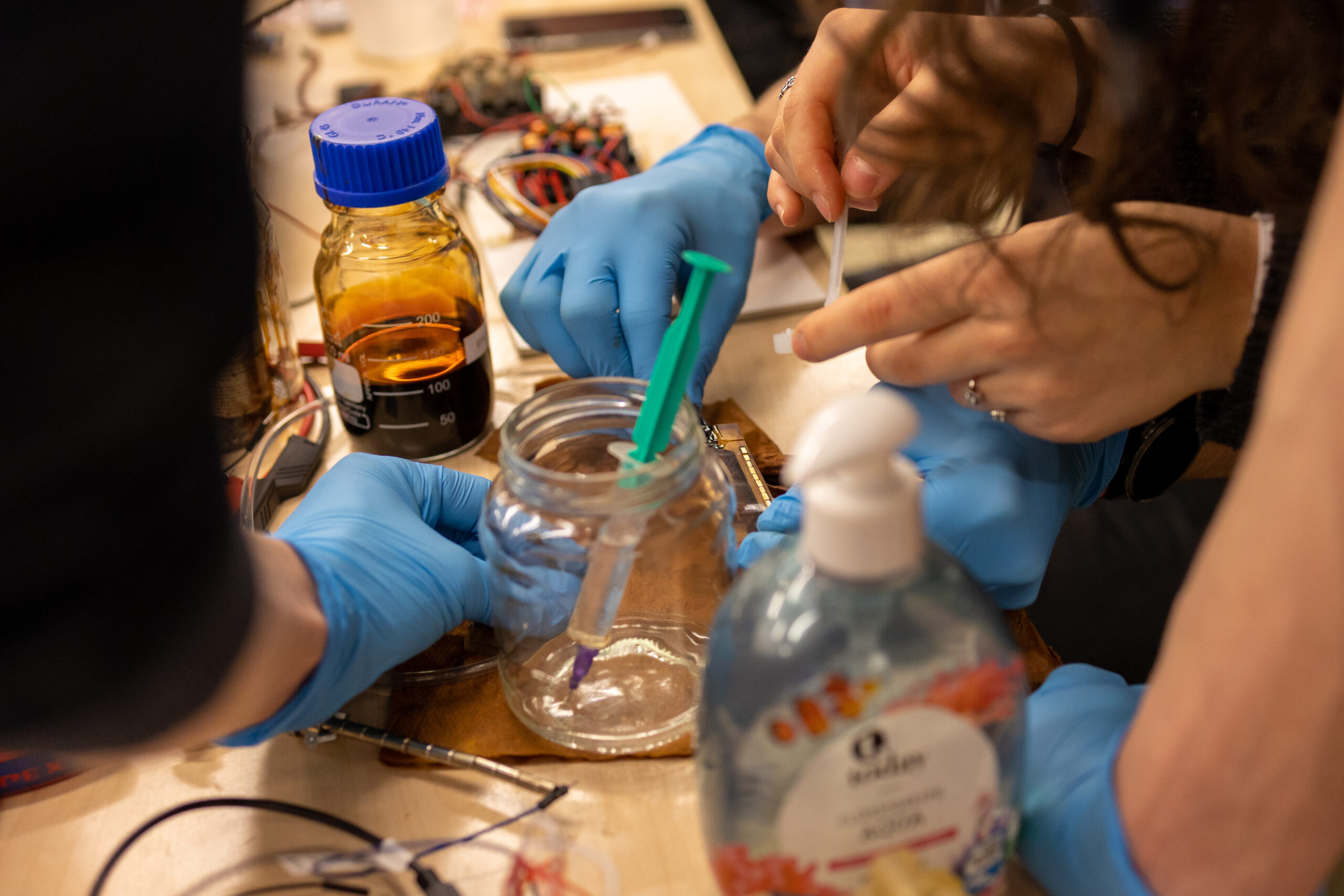
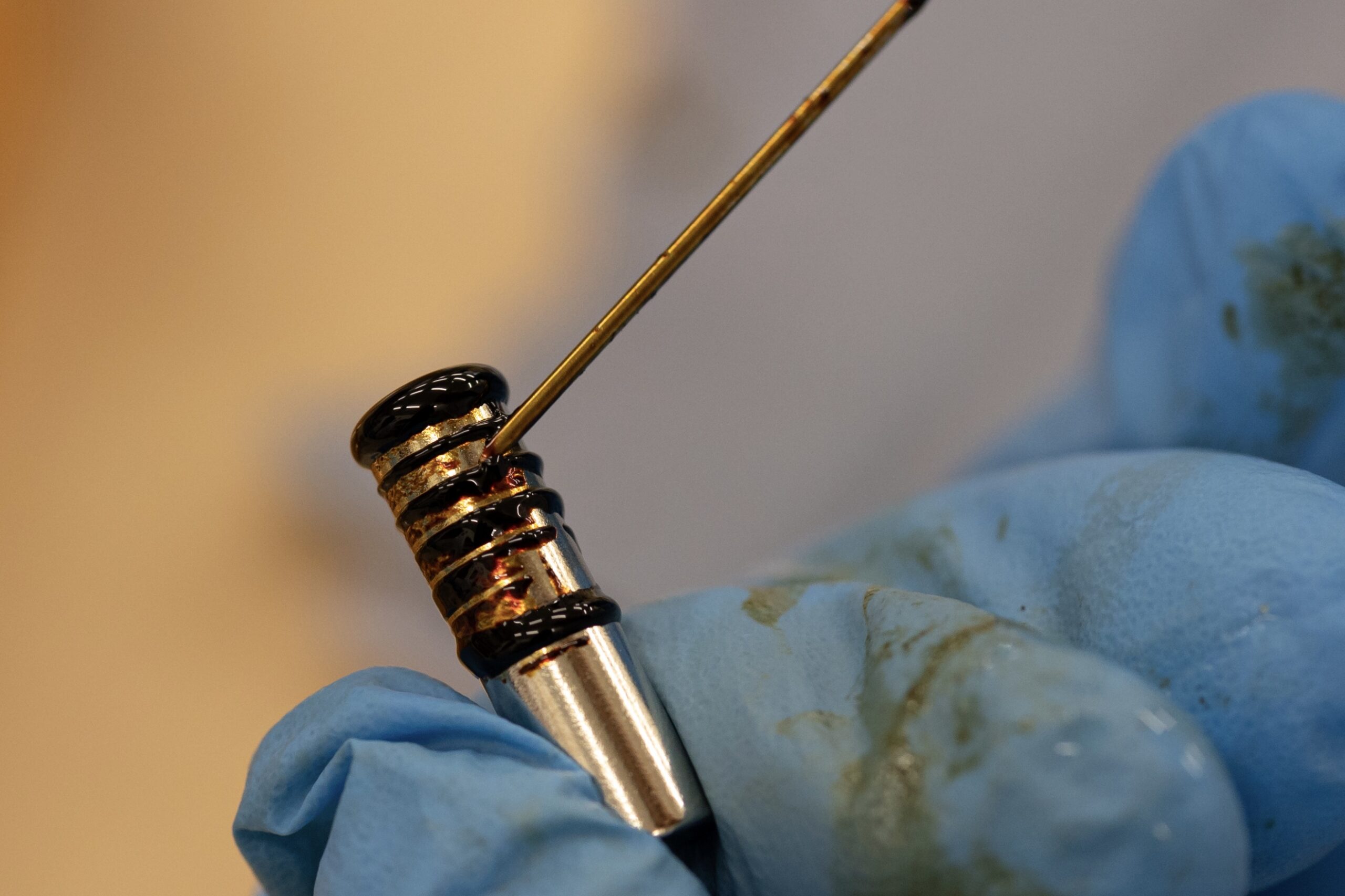
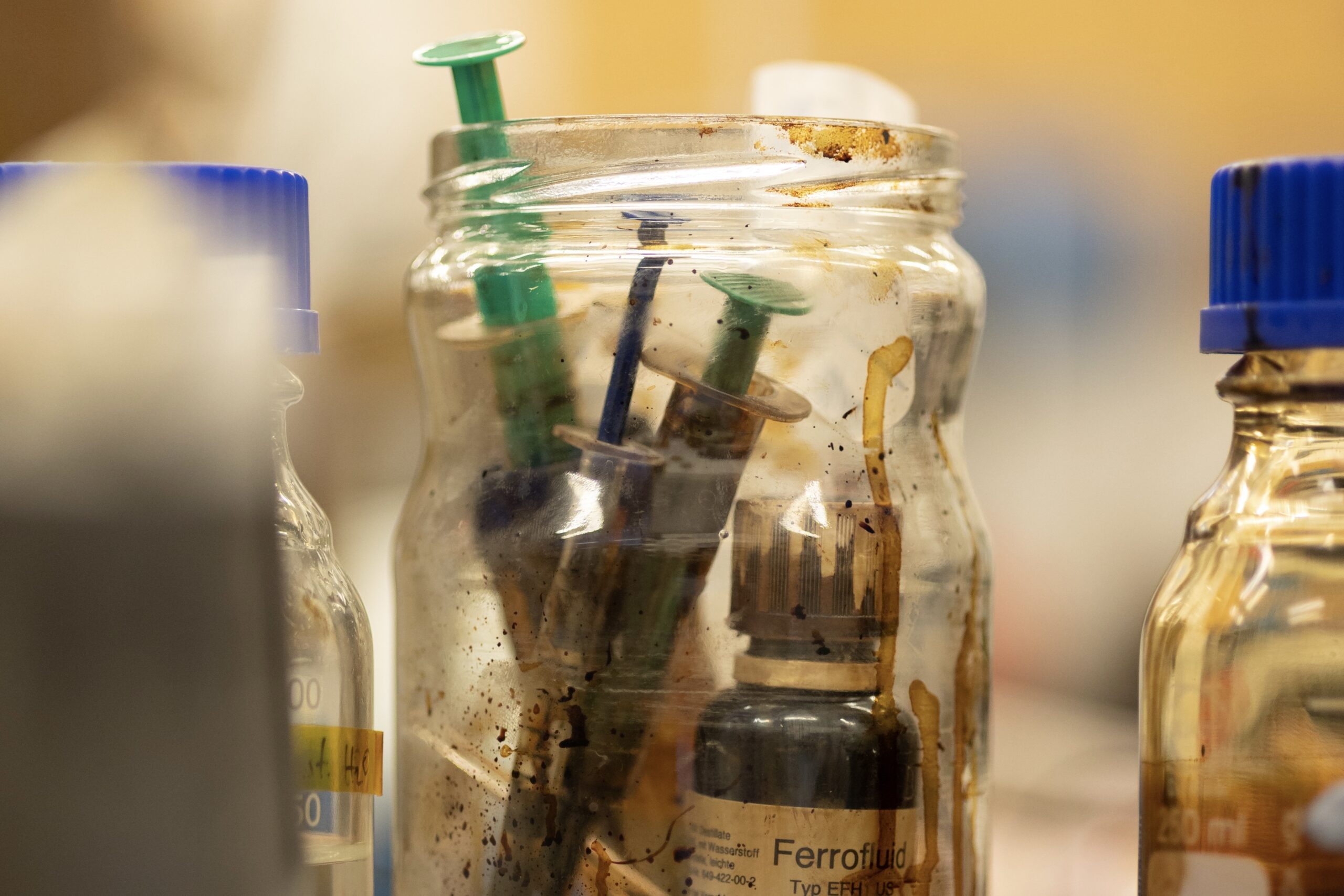
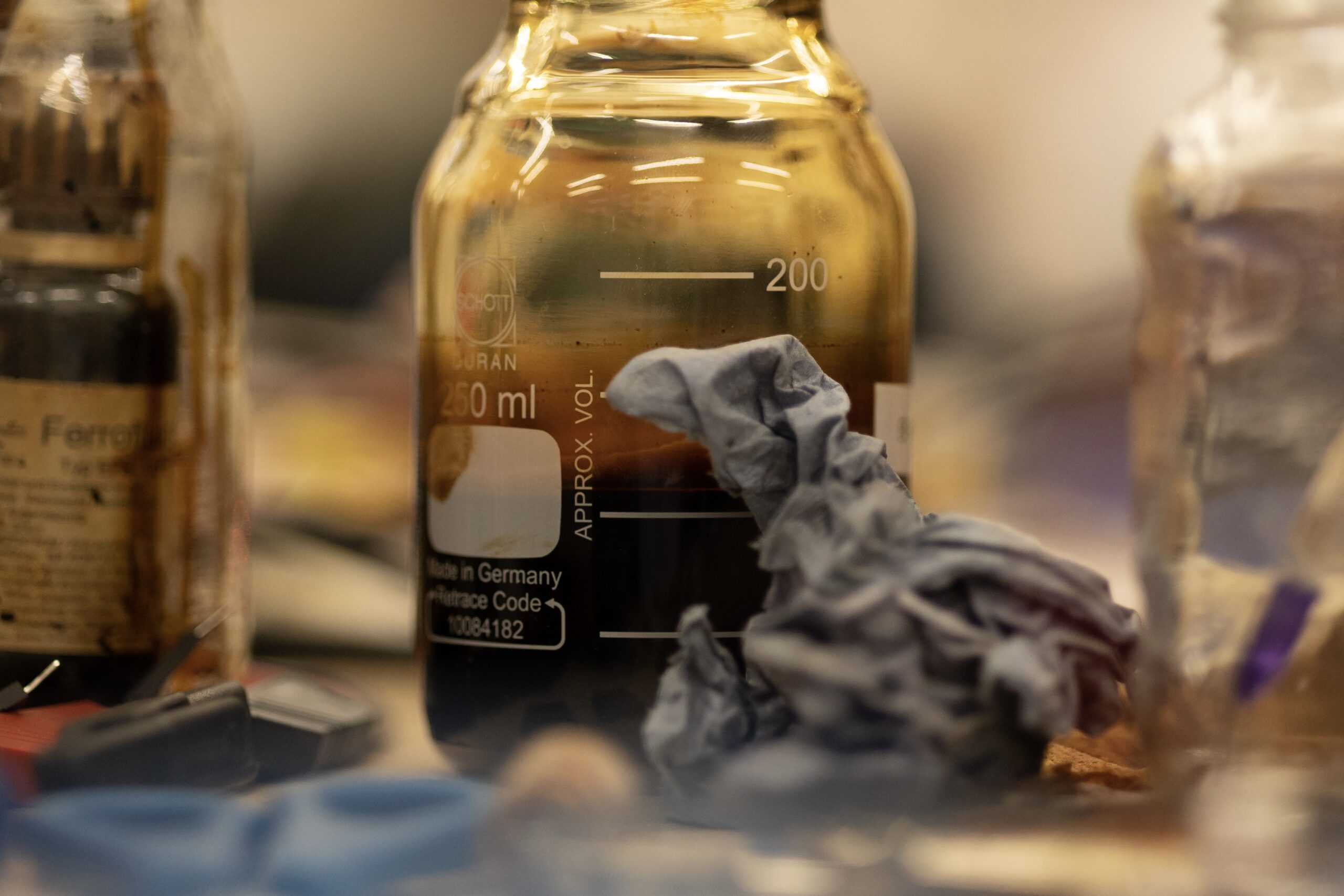
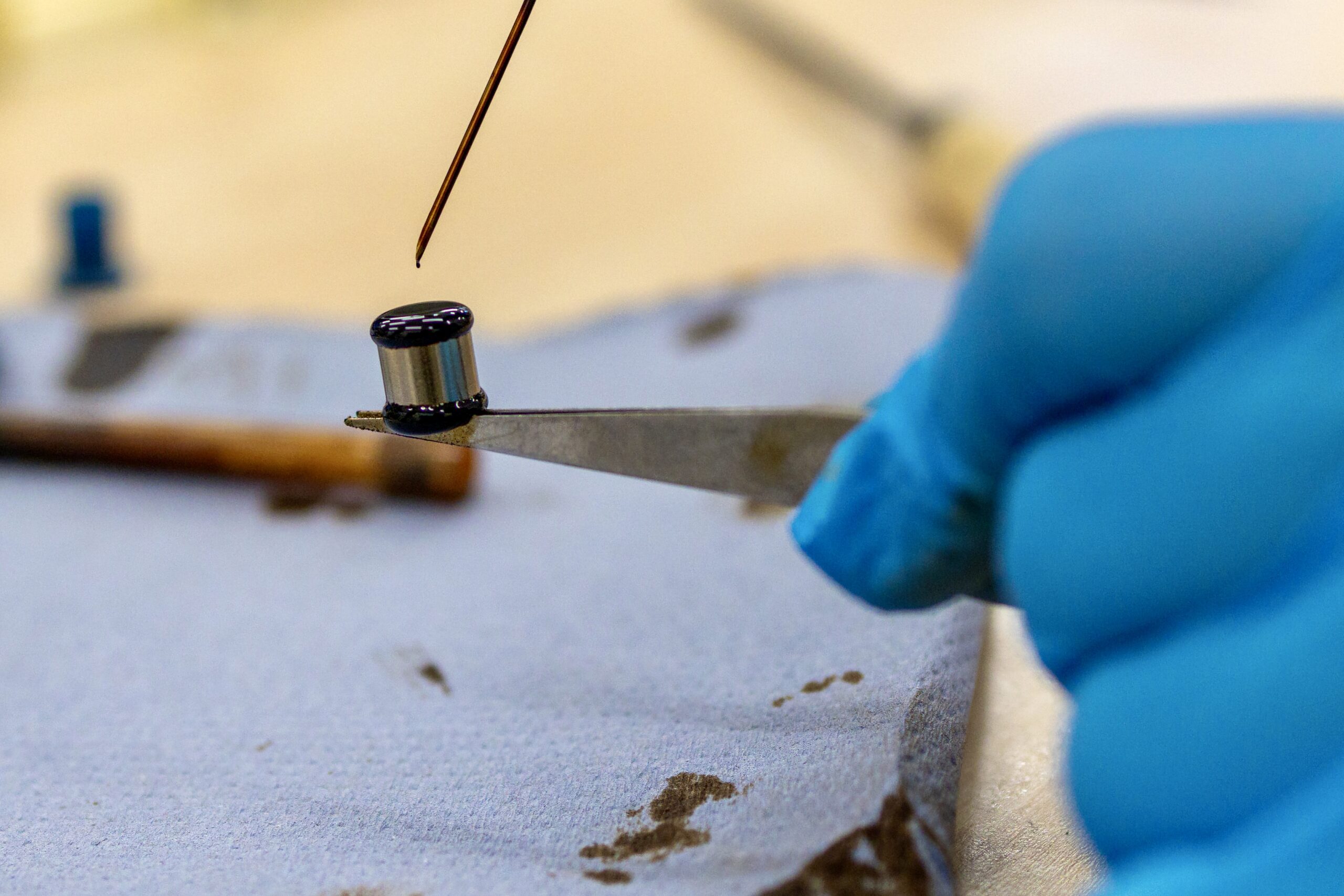
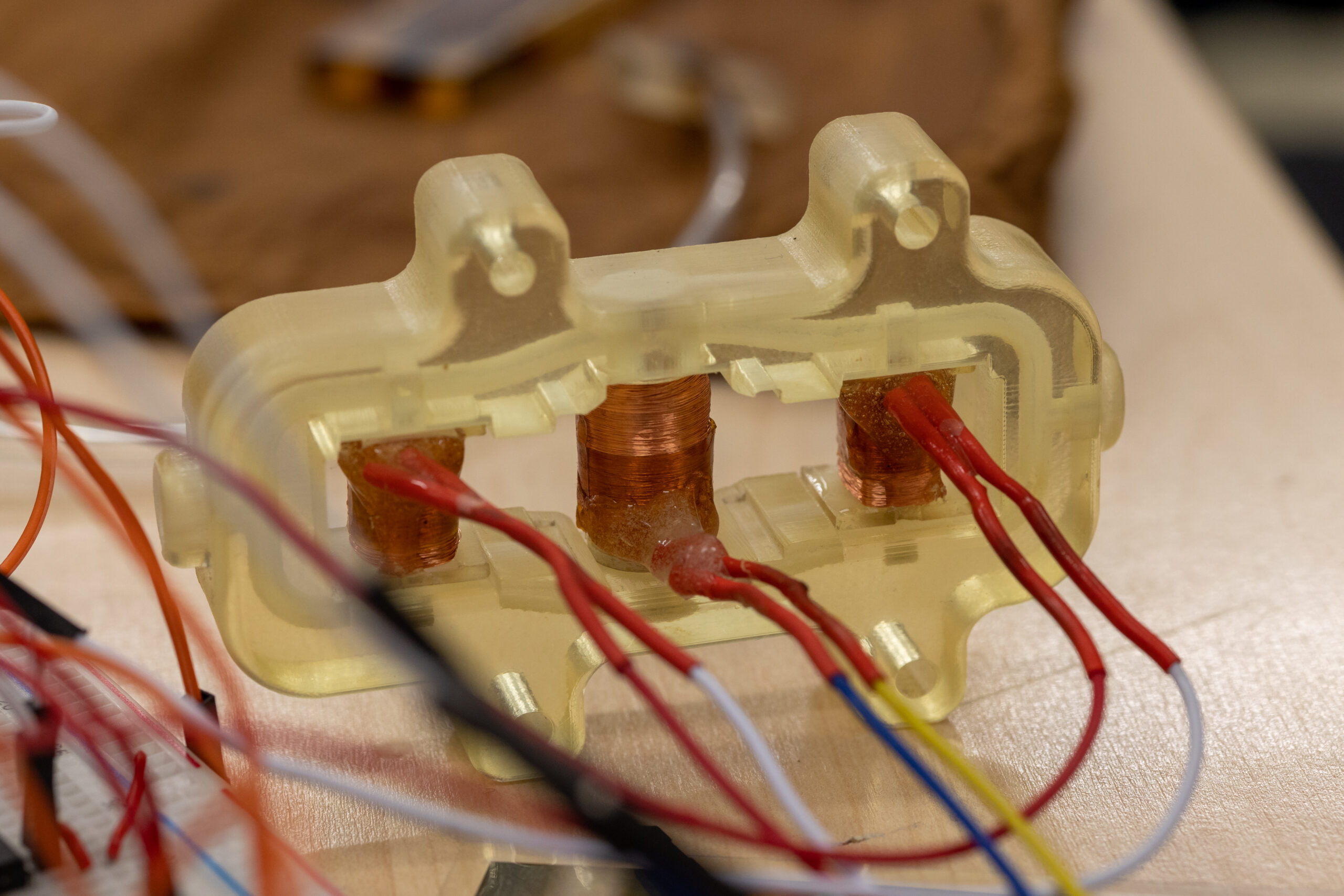
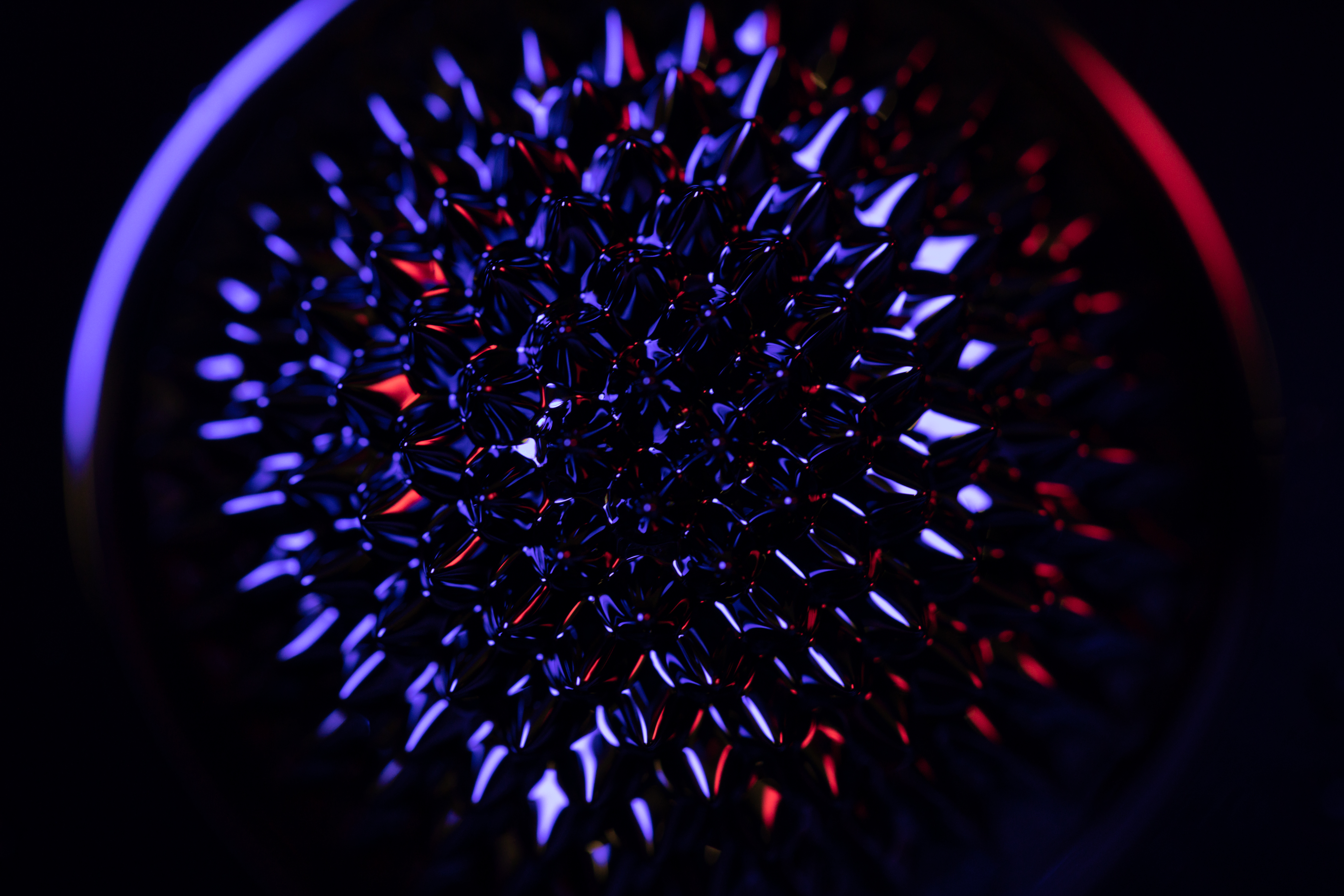
What is FINIX
This experiment is part of the REXUS cycle 33/34 of the German-Swedish student program REXUS/BEXUS. Our goal with this experiment is to test space applications of ferrofluid. Ferrofluid consists of a carrier liquid, such as oil or water, and suspended iron particles, which allow us to move the liquid with magnets. This property of ferrofluid is especially helpful in space applications because it reduces the required number of moving parts as well as friction and wear. If everything goes according to plan, our experiments will launch on a REXUS sounding rocket from Northern Sweden in 2025, building on the successful flight heritage of our previous ferrofluid projects PAPELL and FARGO. Until the launch our third Ferrofluid project FerrAS will be hopefully successfully launched as well and the lessons learned will be integrated into this experiment too.
Pump experiment
The first part of the experiment is a pump that uses ferrofluid to move a secondary fluid. In this pump concept, neodymium magnets controlled by electromagnets act as pistons and valves. Ferrofluid cushions on the ends of the magnets reduce friction and act as sealing. This concept is similar to the displacement pump of our project FerrAS, but it uses two channels instead of one to move the secondary liquid. In theory, this doubles the maximum possible flowrate of the pump while keeping the same number of moving parts.
Switch experiment
The second part of the experiment is an electrical switch. Using Galinstan, a conductive liquid metal alloy, two electrical contacts are connected. By turning on and off an electropermanent magnet, a drop of nonconductive ferrofluid can be moved to a position where it interrupts the flow of the current. This makes it easy to switch large currents without any moving mechanical parts. A similar switch has already been tested within our project FARGO, but the version in this experiment uses an alternative fluid combination and newly developed electropermanent magnets which will be tested in microgravity for the first time.
Mechanics
The mechanics team develops a CAD model of the entire REXUS experiment module with all experiments. It designs housings for the experiments so that a pressurized environment for the experiments is ensured. The mechanics team also has to take the extreme loads of the rocket launch into account and tries to protect the experiments from these loads as best as possible. It also helps the science team building the experiments, for example the body of the pump and the structural components of the electrical switch.
Subsystems
Science
The science team is responsible for developing and building the actual experiments. This subsystem applies the physical properties of the ferrofluid to the individual experiments. While doing that, it must always keep the requirements of the REXUS program in mind. The science team also tests the experiments in our workshop and fine-tunes parameters to ensure a good operation during the flight.
Electronics+Software
The Electronics and Software team covers both the hardware and software aspects of our projects. It designs circuit boards, selects all electrical components, and conducts functional tests of the electronic system components. This subsystem is also responsible for programming the software that allows the operation of the experiments as well as the communication with the rocket. Additionally, the team collaborates with the science team to define data collection criteria and sensor choices.
Timeline
• Nov. 2023: Selection Workshop at German Aerospace Center (DLR) • Dec. 2023: Selection decision for the REXUS program • Feb. 2024: Preliminary Design Review (PDR) • Jun. 2024: Critical Design Review (CDR) • Aug. 2024: Integration Progress Review (IPR) • Nov. 2024: Experiment Acceptance Review (EAR) • Dec. 2024: Integration Week • Jan. 2025: Bench Test • Mar. 2025: REXUS Launch Campaign at Esrange, Northern Sweden
Achieved
Awaiting Results
Present
Future
News
REXUS/BEXUS
REXUS/BEXUS is an international student programme in cooperation between the German Aerospace Center (DLR) and the Swedish National Space Administration (SNSA). It is designed as a competition and offers students the opportunity to conduct their own ideas as technical experiments under conditions similar to those in space. These include the influence of space radiation or the behaviour under reduced gravity. The experiments can be carried out either on a nearly six-metre-long rocket (REXUS), which reaches the peak of its flight path in up to 100 kilometres, or using a so-called stratospheric balloon (BEXUS), which can reach an altitude of up to 35 kilometres in free flight. Throughout the entire project, the German student teams will be supervised by DLR Space Management in Bonn, and will thus learn about the complete process of a space project, from the idea itself to the publication of the results.n
